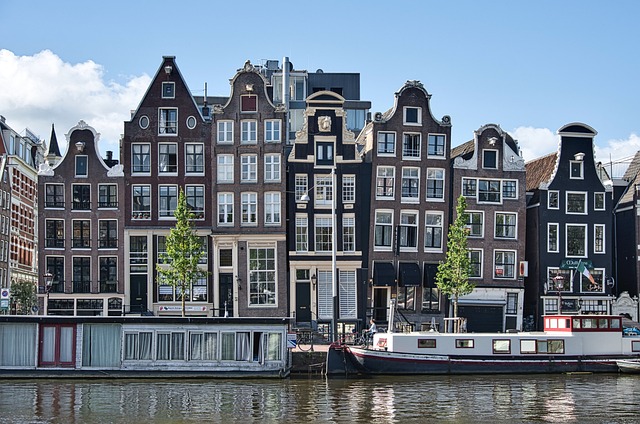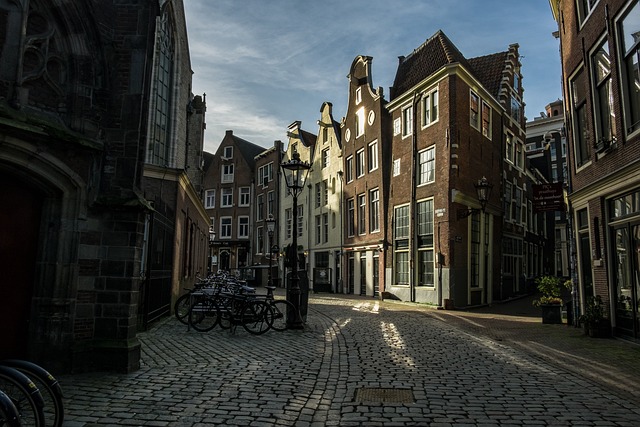Unveiling the High Cost of Living in Amsterdam: Insights and Explanations
Living in Amsterdam is notoriously expensive, a reality that can be attributed to several factors ranging from housing scarcity to the city’s strong appeal to tourists and expatriates alike. This article delves into the reasons behind Amsterdam’s high cost of living, offering insights into the economic and social dynamics at play.
The Housing Market: Demand vs. Supply
One of the primary reasons for the steep living costs in Amsterdam is its housing market, characterized by a significant imbalance between demand and supply.
Limited Space and High Demand
Amsterdam’s geographic constraints, with its historic center and surrounding waterways, limit the availability of new housing developments. Coupled with the city’s popularity among locals, expatriates, and investors, this scarcity drives up property prices and rents to levels beyond the reach of many residents.
Investment and Speculation
The attractiveness of Amsterdam’s real estate market to both domestic and international investors further exacerbates housing affordability. Investment purchases, often left unoccupied or used for short-term rentals, reduce the supply of homes for long-term residents, pushing prices up.

The Cost of Amenities and Services
Beyond housing, the cost of everyday amenities and services in Amsterdam contributes to the city’s high living expenses.
Tourism’s Impact
Amsterdam’s status as a top tourist destination influences prices throughout the city. Areas with high tourist foot traffic, particularly around the city center, see inflated prices for dining, entertainment, and shopping, affecting locals and visitors alike.
Quality of Life
The city’s commitment to maintaining a high quality of life, with excellent public services, clean and safe streets, and extensive cultural offerings, comes with a price. Taxes and living expenses reflect the cost of sustaining these standards, from healthcare to education and public transportation.

Economic Prosperity and Wage Disparities
Amsterdam’s economy is robust, driven by sectors such as technology, finance, and creative industries. While this economic prosperity enhances the city’s appeal, it also leads to wage disparities that can make living in Amsterdam challenging for lower and middle-income individuals.
High Salaries in Select Sectors
High-paying jobs in tech, finance, and international corporations attract skilled professionals to Amsterdam. However, these salaries can inflate living costs, creating an environment where prices for housing, goods, and services cater to higher income brackets.
Cost of Social Welfare
The Netherlands is known for its comprehensive social welfare system, offering extensive public services and benefits. The funding for these programs partly comes from taxes, contributing to higher living costs. Residents benefit from healthcare, education, and social security, but these advantages are reflected in the cost of living.
Lifestyle Choices and Environmental Policies
Amsterdam’s emphasis on sustainability and environmental conservation also plays a role in its cost of living.
Green Policies
Efforts to reduce carbon emissions and promote sustainability, such as restrictions on car usage in the city center, investments in cycling infrastructure, and green energy initiatives, while beneficial for the environment, can add to living expenses.
Consumer Choices
The preference for organic, locally sourced, and ethically produced goods among Amsterdam’s residents aligns with a sustainable lifestyle but can also drive up costs compared to conventional products.
Navigating the High Cost of Living
Despite these challenges, people continue to be drawn to Amsterdam for its culture, diversity, and quality of life. Navigating the city’s high cost of living involves making informed choices about housing, lifestyle, and spending priorities. For many, the unique experiences and opportunities Amsterdam offers outweigh the financial costs, making it a cherished place to live.
In conclusion, the high cost of living in Amsterdam is the result of a complex interplay of factors, from housing and tourism to economic prosperity and lifestyle choices. Understanding these factors is crucial for anyone considering making this vibrant city their home, as it prepares them for the financial realities of Amsterdam life while allowing them to embrace the unparalleled beauty and culture of this Dutch capital.